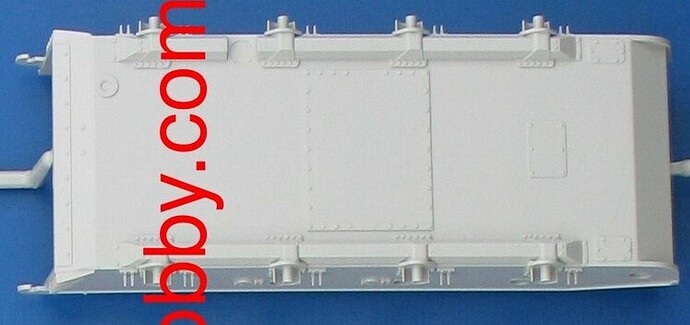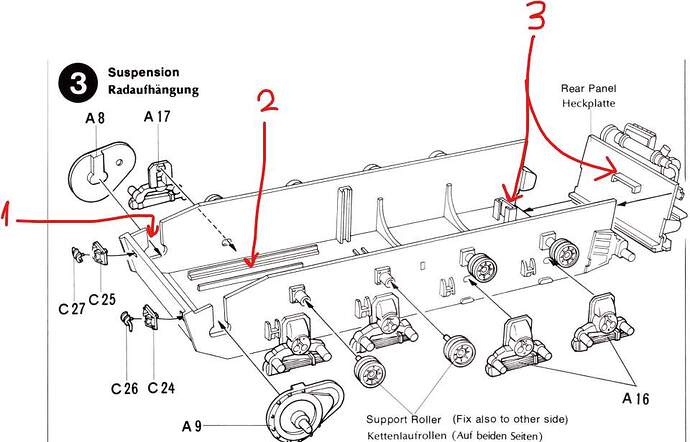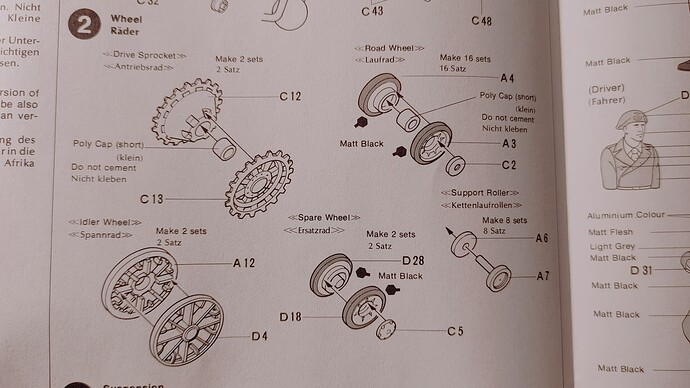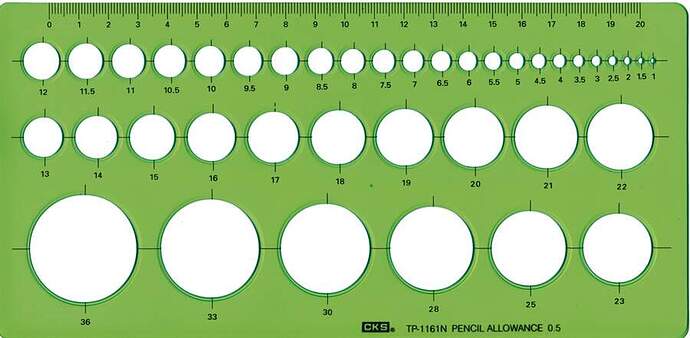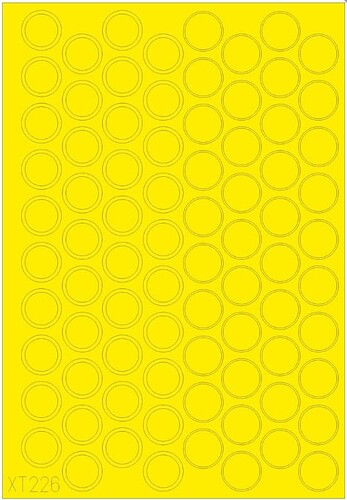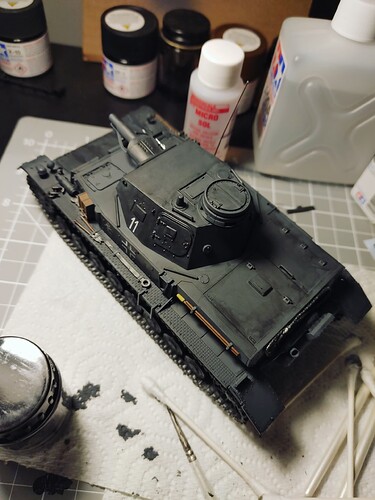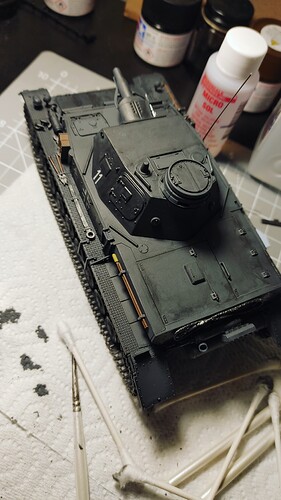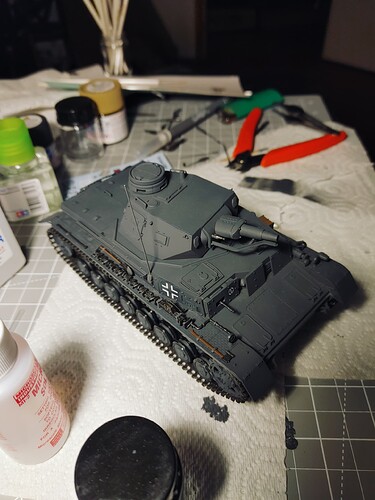It was designed for, and sold with, battery holder, motor and switches.
The diameters of two C-cells sde-by-side forced Tamiya to make the hull slightly too wide.
The holes in the bottom are for the switch (narrow rectangle) and for screws to hold it all together.
One early Tamiya kit in my collection, don’t remember which, actually contained the “final drive” gears for the motorisation. The assembly wasn’t exactly on the Swiss watchmaking level and looked as if the gears could have a “seizure” after some use.
If you want to you could fill those holes but there are more details and structure missing from the bottom so it is hardly worth the effort. Good practice though …
Tamiya bottom (initial release 1977):
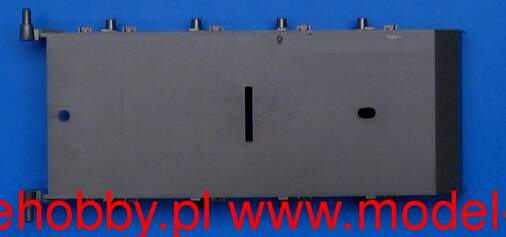
Image borrowed from https://www.super-hobby.se/products/Panzer-Kampfwagen-IV.html
Italeris Pz IV bottom:
Same vintage (1974, company name was Italaerei, Ital + planes, in those days).
The Italeri kit has been upgraded with indy-link tracks since the original releases.
Full history here: Panzer IV F1-F2-G, Italaerei 217 (1974)
Nr 1. Holes to allow the gear assembly woth axles to be dropped into the hull.
The lower end is oblong to allow the gear and motor assembly to slide forward-backward
to adjust track tensioning. The hole in the bottom for the screw is also oblong.
Nr 2. Slides for the gear box and electric motor assembly
Nr 3. Fixtures for battery terminals.
The whole assembly sequence consists of four main parts:
- Lower hull, the steps for the motorisation stuff have been omitted, except the tracks
- Upper hull with all “fragile” details
- Tracks
- Snap the upper and lower hulls together (put the lid on the box). The motorisation requires that the hull can be opened again to insert new batteries …
